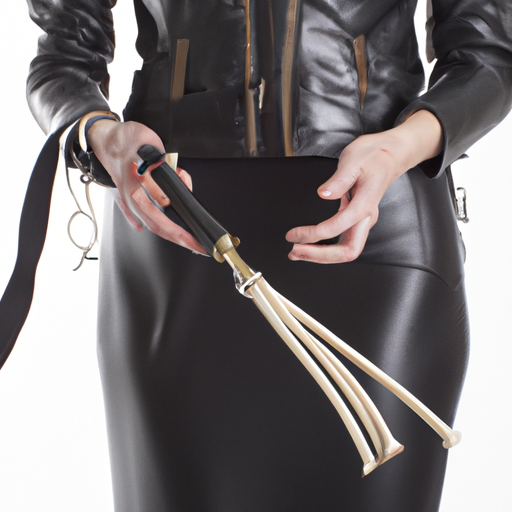
The role of a dominatrix therapist is one that is not often discussed in the clinical setting, but it is nonetheless an important role for those who practice it. A dominatrix therapist is trained to use a mixture of clinical methods and BDSM techniques to help work through client’s issues.
Dominatrix therapists are typically BDSM practitioners who are skilled in the art of BDSM and related therapeutic techniques. They can provide support and guidance to their clients in both physical and psychological realms. These therapists can help a person explore their desires through the therapeutic process, and work to create safe and fulfilling scenes to help explore their fantasies.
In many cases, dominatrix therapy may involve enacting BDSM scenes and rituals with the client. This may include bondage, sensory deprivation, sensation play, and/or power play using a variety of BDSM toys and tools. Common scenes may include a ‘master/slave’ dynamic, a ‘pet/owner’ dynamic, or a more formal contract-based scene. The therapist will use the scene to explore the client’s issues and develop trust and connection.
A dominatrix therapist helps clients safely and comfortably explore their BDSM kinks and desires. An ongoing therapeutic relationship can offer clients the support and guidance they need to feel safe and accepted in their exploration. It is through this acceptance and safety that the client can explore and discover what works for them in terms of intense sensations and risk.
A dominatrix therapist will also work with clients to explore underlying psychological issues and emotions that may be coming up for them during the BDSM scene. Within the safety and dialogue of the therapist, the client can learn to confront, explore, and process these feelings in a safe and informed manner.
Ultimately, the role of a dominatrix therapist is to provide a safe, trusting, and non-judgmental space for clients to explore BDSM and discover what works for them while understanding the underlying psychological issues that may arise. Dominatrix therapists will use a combination of therapeutic techniques and BDSM practices to meet the individual needs of their clients. With successful dominatrix therapy, clients can better understand and expand their self-expression and sexuality. Click for source.
What roles do props and costumes play in femdom farting?

Props and costumes play an important role in femdom farting, as they can enrich the experience and add to the overall sense of playfulness and fun. Femdom farting is a type of foreplay fetish in which one partner takes on the dominant role while the other plays a passive role. The scene often involves farting being a reward or punishment for the submissive, depending on the particular scenario. Props and costumes can be used to heighten the experience for both partners, as well as create a sense of playful competition or power play.
Costumes often help to set the tone of the scene, and can help create an atmosphere of dominance or submission. For example, a dominatrix might wear a corset, stockings, and high heels as a visual cue that she is in control. Costumes can also be worn to signify certain attitudes or behaviors; for example, a submissive partner might wear a diaper as a sign of immaturity or a desire to surrender to the dominant role.
Props can also be used to create a more creative and immersive experience. Objects such as whips, paddles or even simple items like a feather or fur can add to the sensations of the scene and can act as a symbol of the power dynamic between the two partners. For instance, a leather paddle can be used to spank a partner as punishment for being disobedient; or a feather can be dragged gently over skin to elicit a response. In addition, some partners might decide to incorporate food and beverages into the experience, such as chocolate-covered strawberries or a special wine.
Overall, props and costumes can help to create a more immersive experience for all involved in femdom farting. By utilizing these tools, partners can create a scene that reflects their desired fantasies and experiences. From visual cues to sensory stimulation, costumes and props can enhance the experience for both partners and help to create a heightened level of play.
